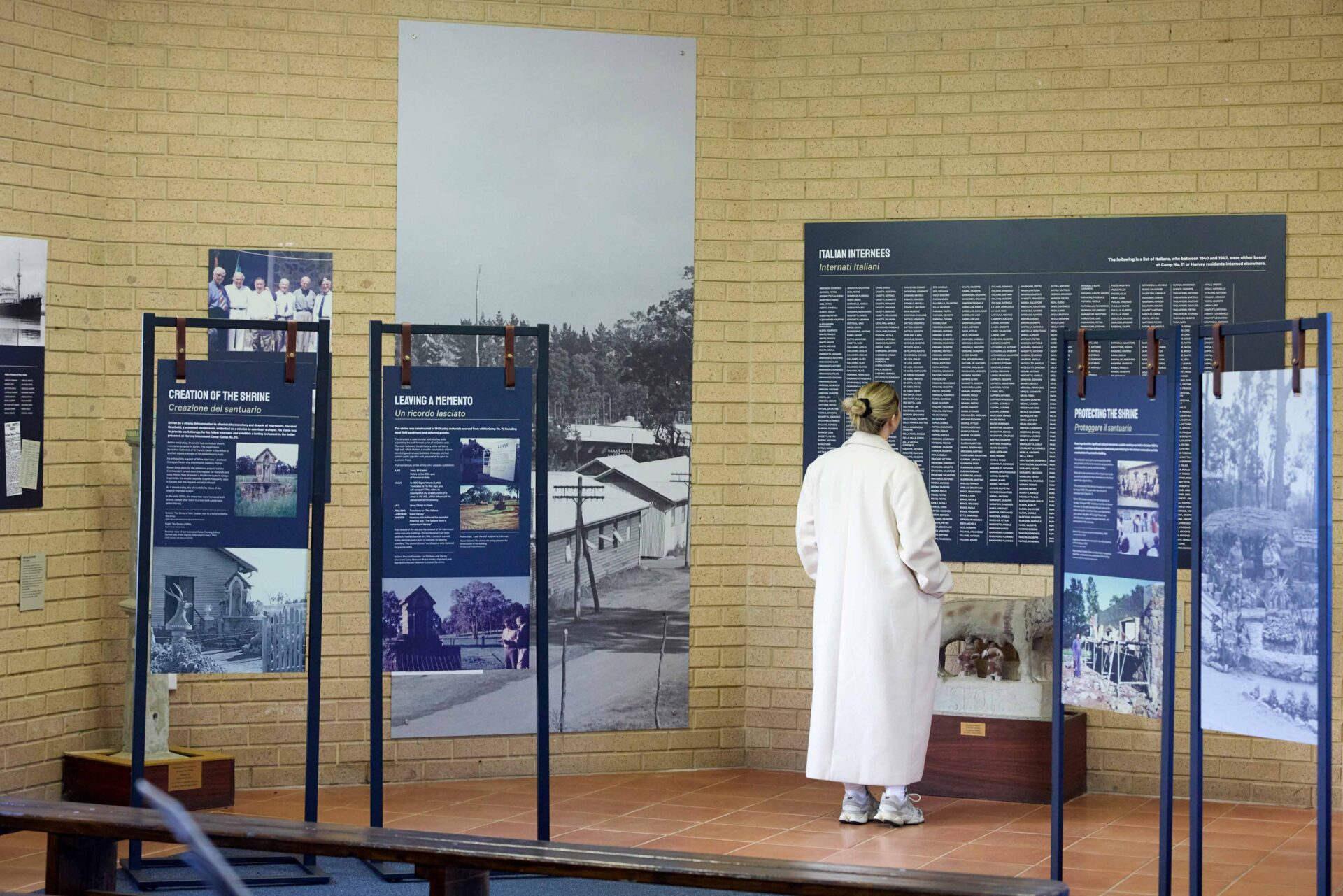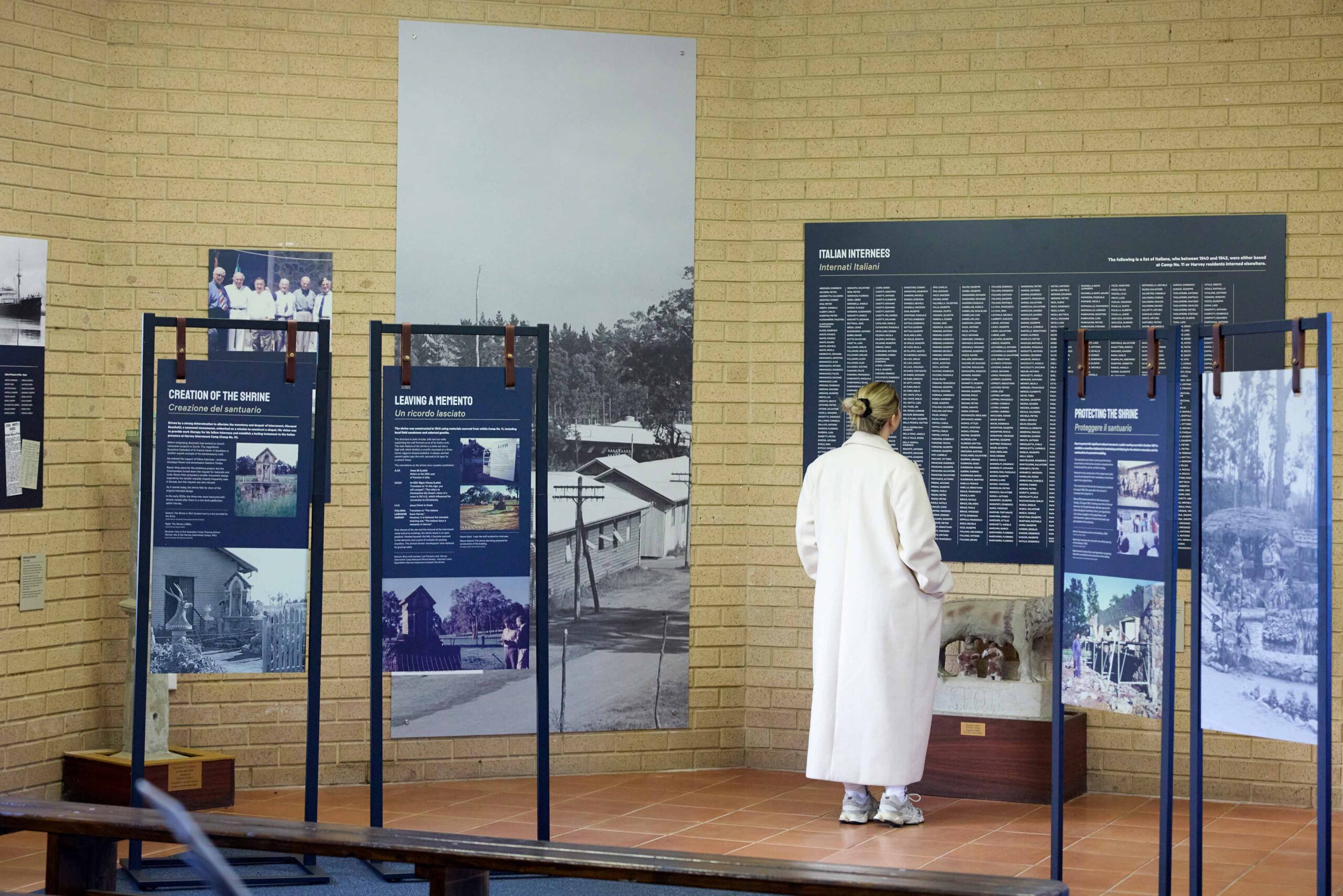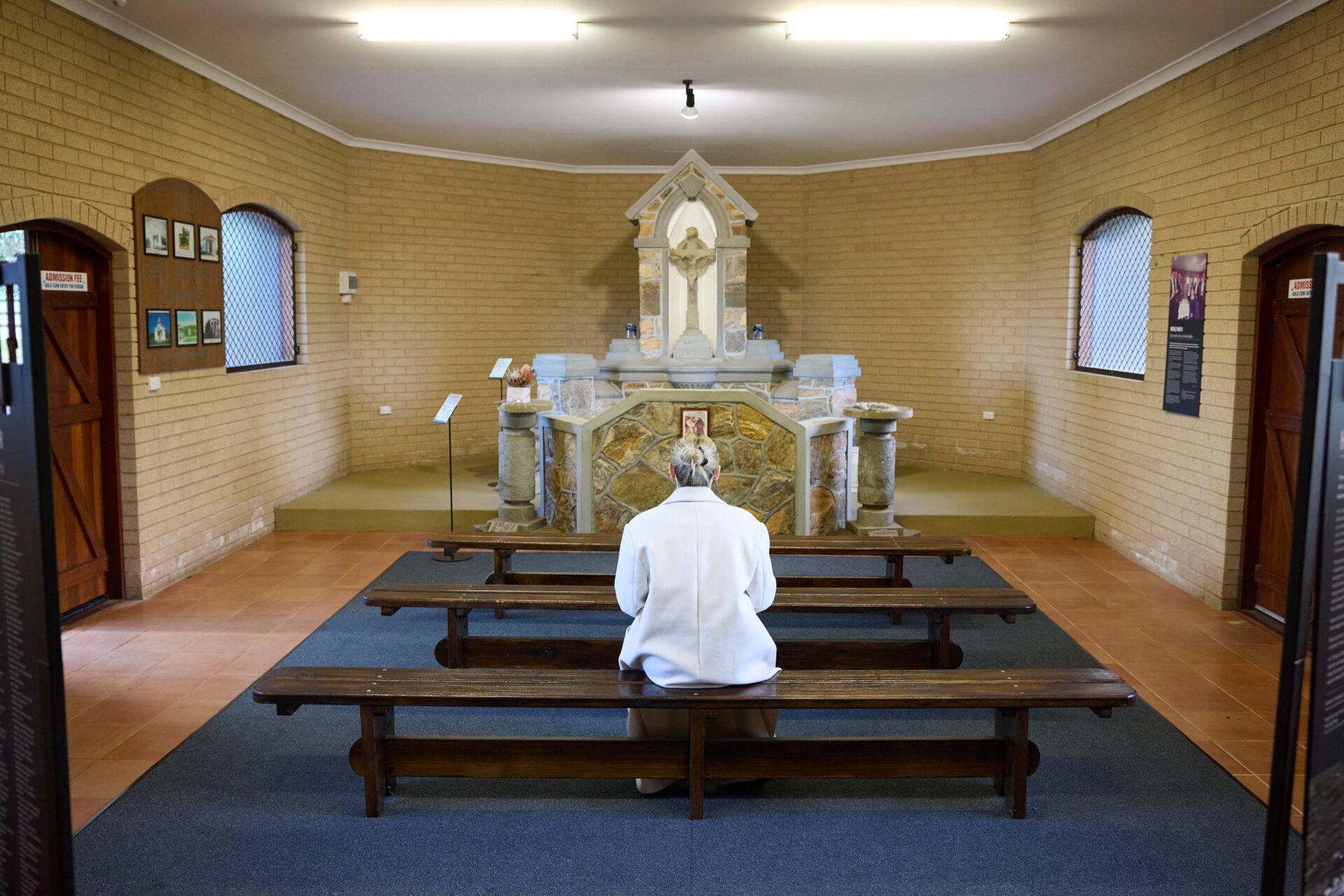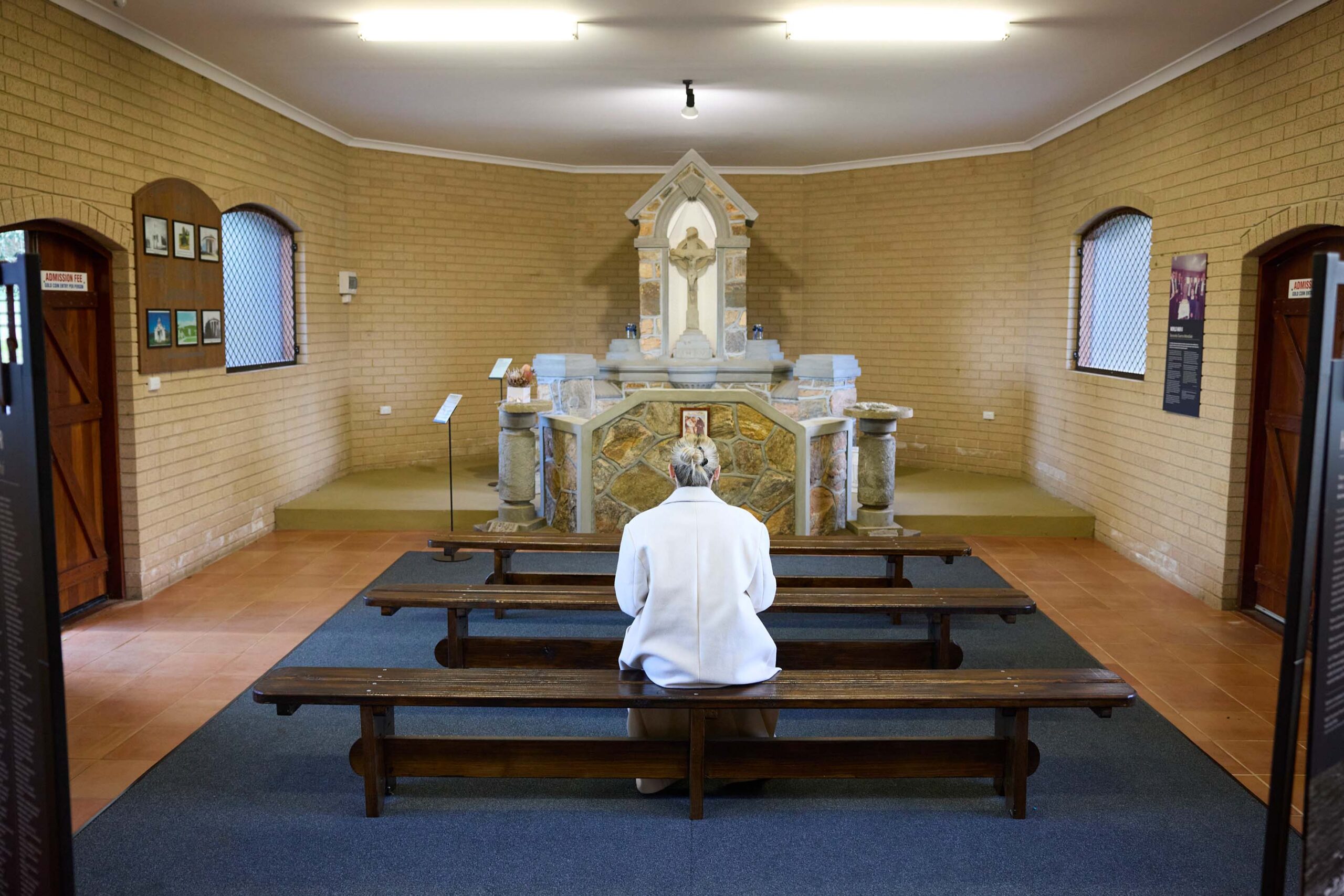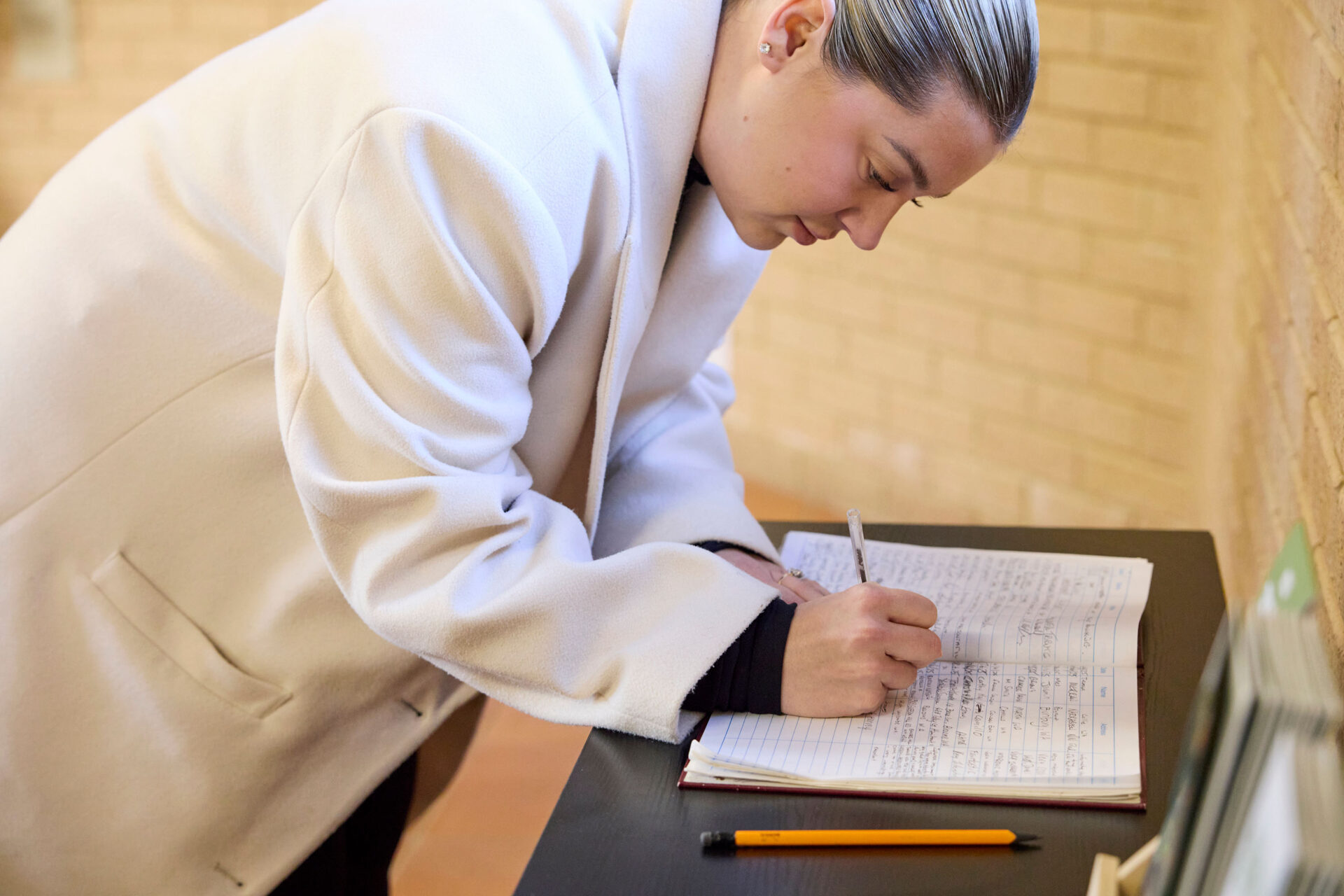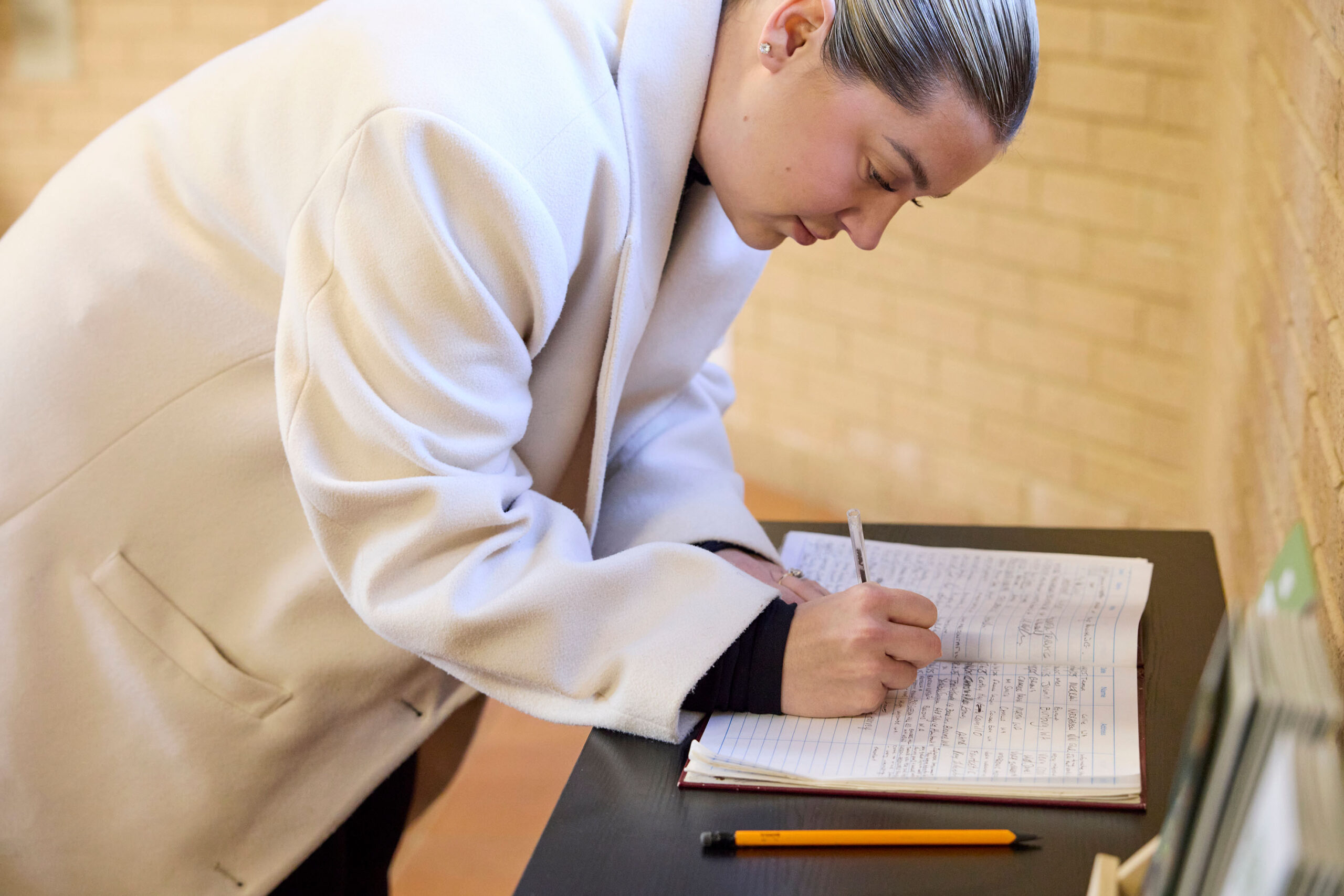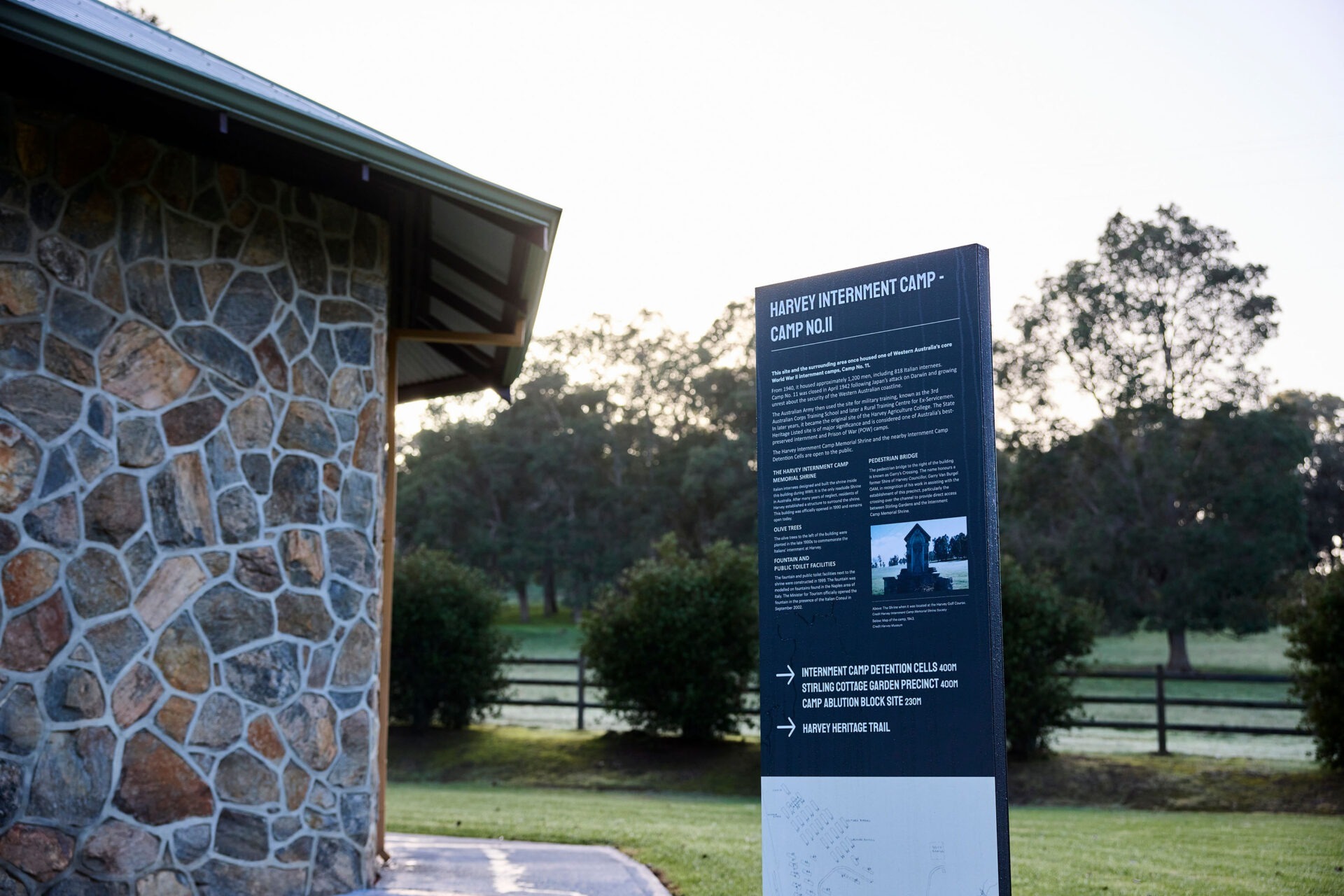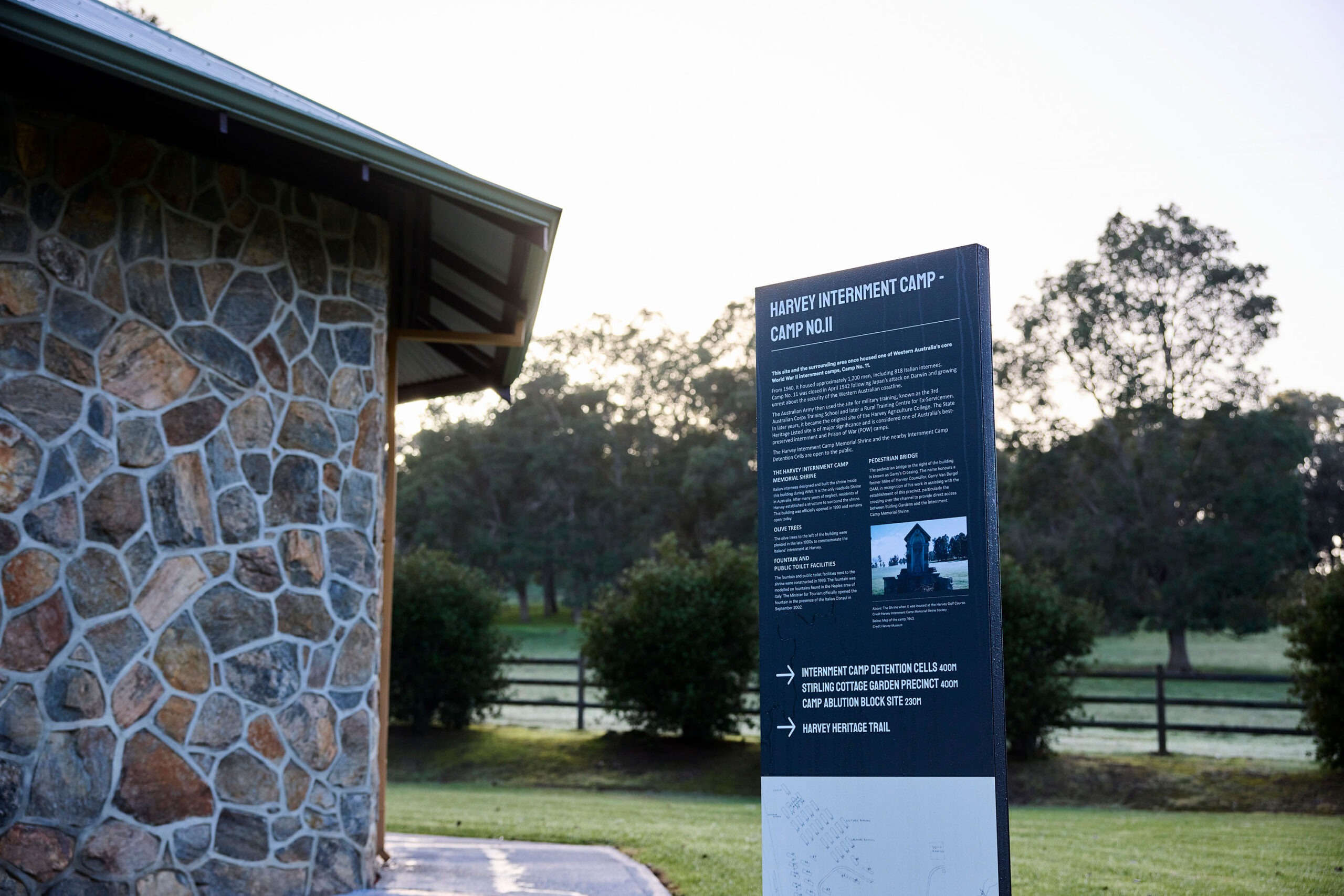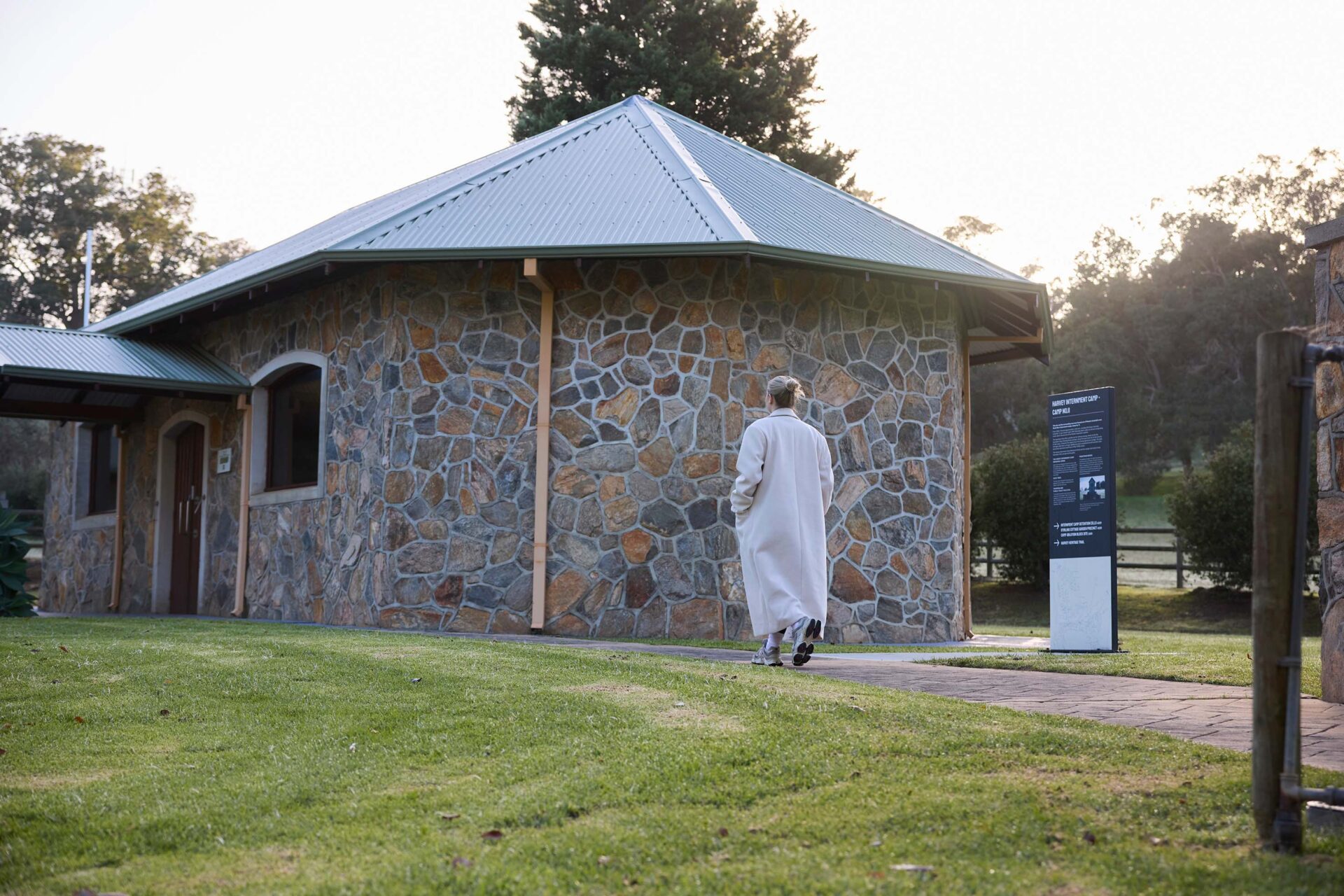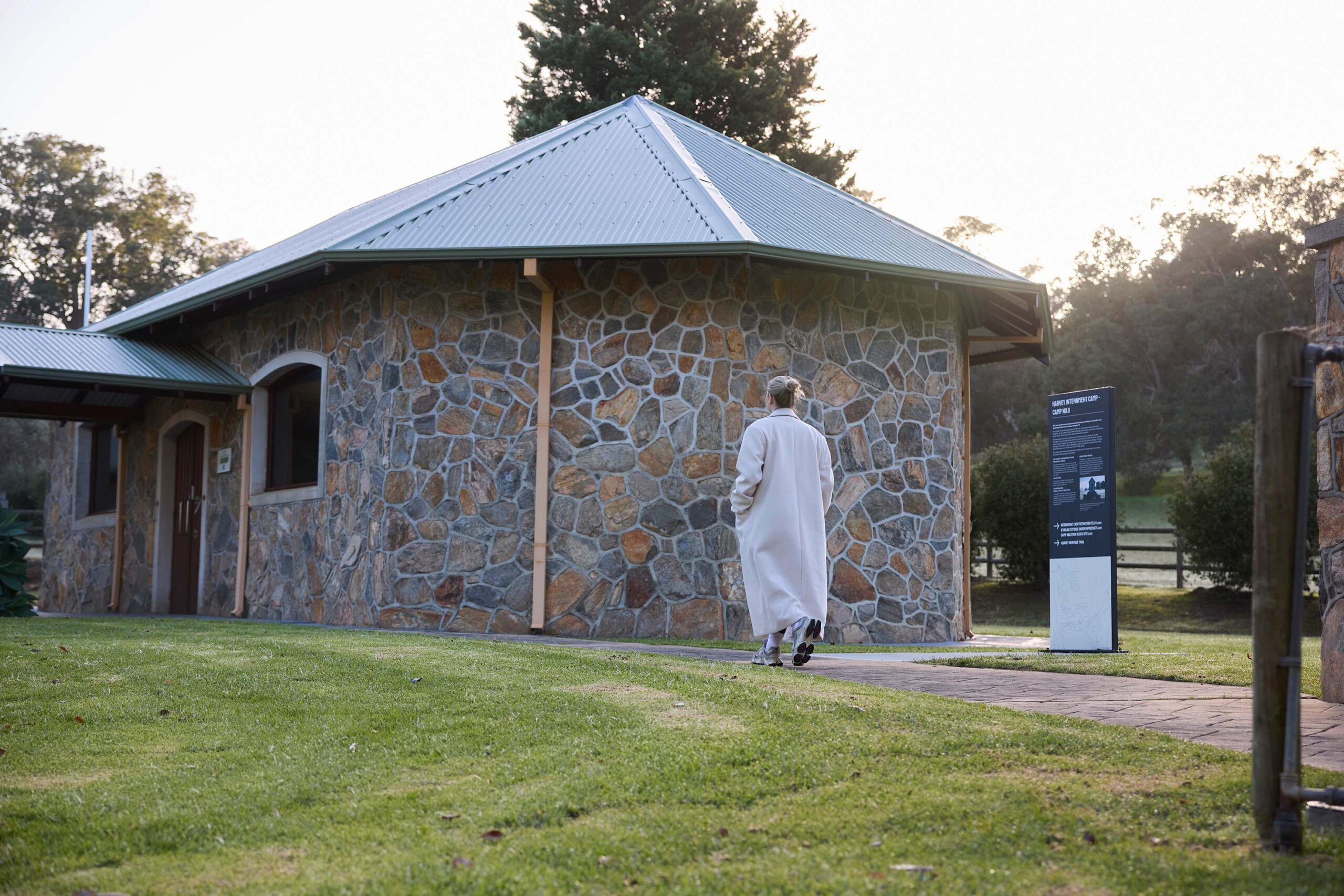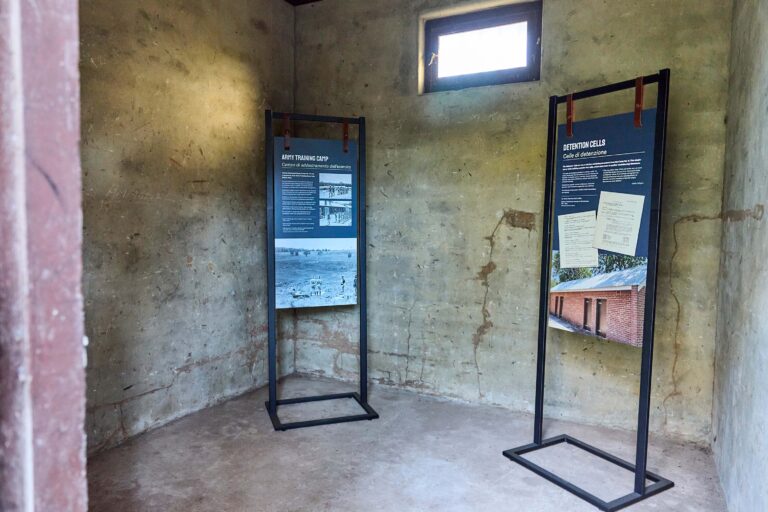Harvey Internment Camp Memorial Shrine
- 11011 South Western Highway, Harvey WA 6220, Australia
- Open Monday to Sunday: 9am – 5pm

Internment Camp Fontana (Fountain)
A tranquil stone water fountain sits to the immediate south of the Shrine.
In 2002, the Internment Camp Memorial Shrine Committee built the Fountain.
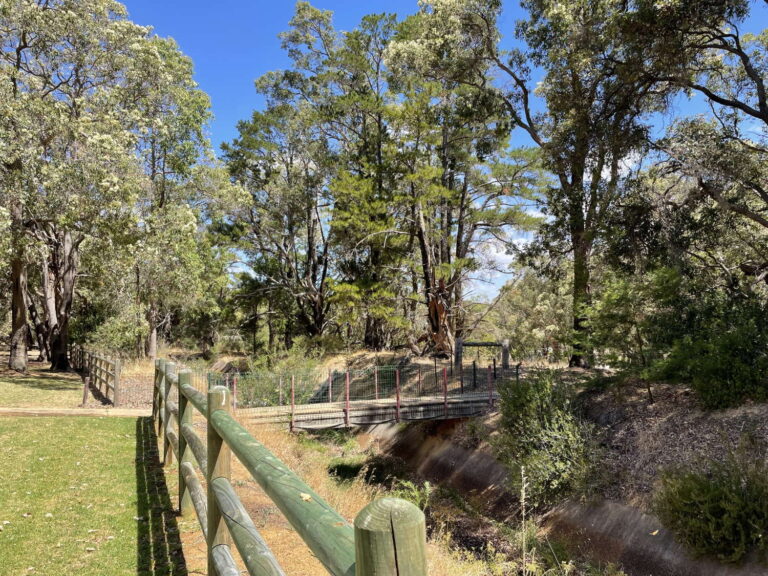
Garry’s Crossing
To the south of the Internment Camp Memorial Shrine, you will find a small pedestrian bridge known as Garry’s Crossing. It is named after Garry Van Burgel OAM in recognition of the work that he did in assisting with the establishment of the Shire precinct and particularly the crossing over the Harvey North Irrigation Channel to give direct access between the Stirling Cottage Garden Precinct and the Shrine.
